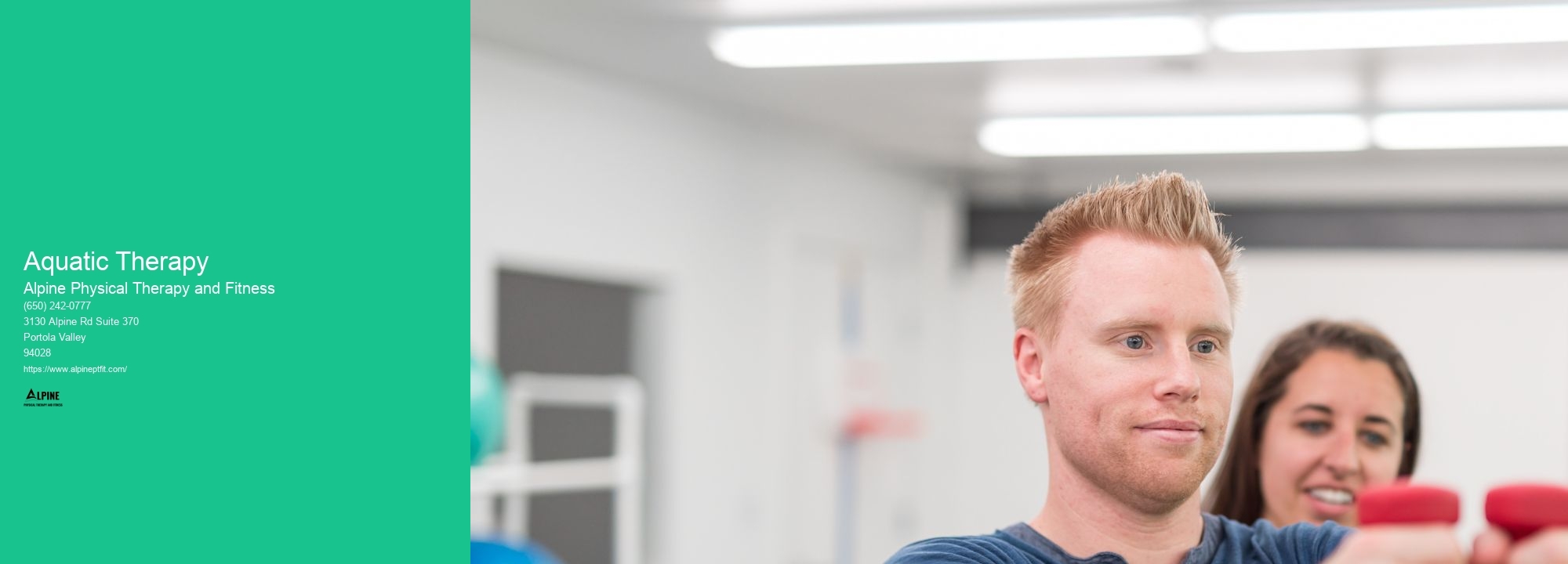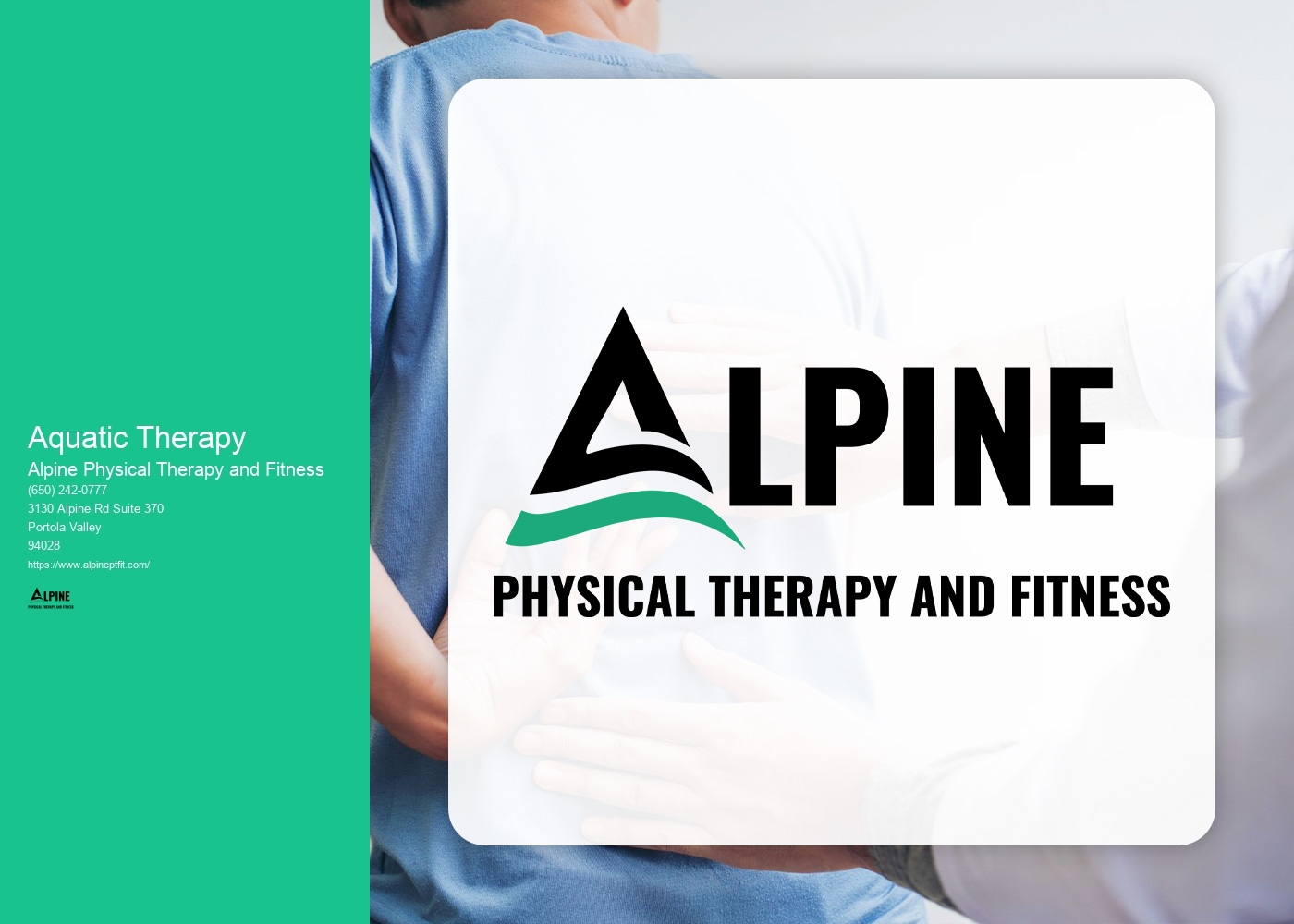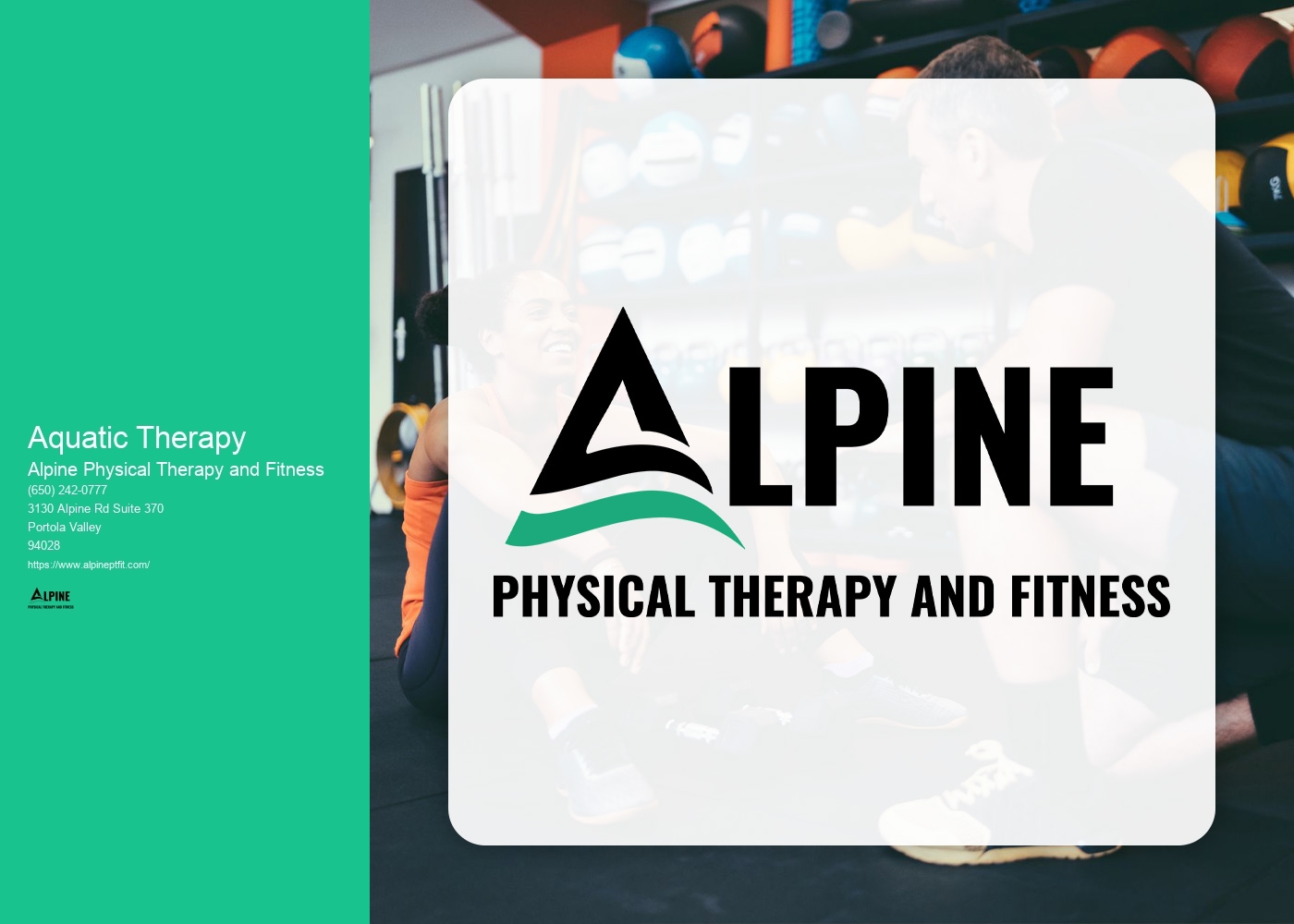

Aquatic therapy, also known as water therapy or hydrotherapy, is a form of physical therapy that takes place in a pool or other aquatic environment. It differs from traditional physical therapy in that it utilizes the properties of water to enhance the rehabilitation process. The buoyancy of water reduces the impact on joints and allows for greater freedom of movement, making it an ideal environment for individuals with limited mobility or weight-bearing restrictions.
Aquatic therapy can be beneficial for a wide range of conditions and injuries. It is commonly used to treat musculoskeletal conditions such as arthritis, back pain, and joint injuries. It can also be effective for neurological conditions like stroke, multiple sclerosis, and spinal cord injuries. Additionally, aquatic therapy can aid in the rehabilitation of post-surgical patients, athletes recovering from sports injuries, and individuals with balance and coordination issues.
The buoyancy of water plays a crucial role in the rehabilitation process. When immersed in water, the body experiences a buoyant force that reduces the effects of gravity. This buoyancy helps to support the body's weight, relieving stress on joints and allowing for easier movement. It also provides resistance, which can help to strengthen muscles and improve overall fitness. The hydrostatic pressure of the water can also help to reduce swelling and improve circulation.

There are typically no age restrictions for participating in aquatic therapy. It can be beneficial for individuals of all ages, from children to older adults. In fact, aquatic therapy is often recommended for pediatric patients with developmental delays or disabilities, as the water environment can provide a safe and enjoyable way to improve motor skills and coordination.
While aquatic therapy primarily focuses on rehabilitation, it can also be used as a form of exercise for general fitness. The resistance provided by the water can help to build strength and endurance, and the low-impact nature of the exercises makes it suitable for individuals with joint pain or other limitations. Aquatic exercise classes are available at many facilities and can be a fun and effective way to stay active.

The duration of a typical aquatic therapy session can vary depending on the individual's needs and goals. Sessions typically last between 30 minutes to an hour, with a combination of exercises and activities tailored to the individual's specific condition or injury. The therapist will work closely with the patient to develop a personalized treatment plan and adjust the duration and intensity of the sessions as needed.
While aquatic therapy is generally safe and well-tolerated, there are some potential risks and contraindications to consider. Individuals with open wounds, infections, or contagious conditions should avoid aquatic therapy to prevent the spread of bacteria. Additionally, individuals with certain medical conditions such as uncontrolled seizures, severe respiratory problems, or cardiac issues may not be suitable candidates for aquatic therapy. It is important to consult with a healthcare professional or qualified aquatic therapist to determine if aquatic therapy is appropriate for your specific situation.

Core strengthening plays a significant role in women's health physical therapy due to its numerous benefits for overall well-being. The core muscles, including the abdominals, back muscles, and pelvic floor, provide stability and support to the spine and pelvis. By targeting these muscles through specific exercises, women can improve their posture, balance, and overall body mechanics. Additionally, a strong core can help alleviate back pain, improve pelvic floor function, and enhance athletic performance. In women's health physical therapy, core strengthening exercises are often incorporated to address conditions such as diastasis recti, pelvic organ prolapse, and urinary incontinence. By focusing on strengthening the core, women can improve their quality of life and regain control over their bodies.
Physical therapy can play a crucial role in the recovery of a soccer player with a hamstring strain. The therapist will design a personalized treatment plan that focuses on reducing pain, promoting healing, and restoring function. This may include a combination of manual therapy techniques, such as soft tissue mobilization and joint mobilization, to improve flexibility and range of motion. Additionally, therapeutic exercises will be prescribed to strengthen the hamstring muscles and surrounding muscles, improving stability and preventing future injuries. The therapist may also incorporate modalities like heat or ice therapy, electrical stimulation, and ultrasound to further aid in pain relief and tissue healing. Through regular physical therapy sessions, the soccer player can expect to regain strength, flexibility, and endurance, allowing them to return to the field safely and confidently.
Physical therapy plays a crucial role in the post-hip replacement rehabilitation process for seniors. It is a specialized form of rehabilitation that focuses on restoring mobility, strength, and function to the hip joint. Physical therapists use a variety of techniques and exercises to help seniors regain their independence and improve their quality of life. These may include range of motion exercises, strengthening exercises, balance training, gait training, and pain management techniques. The goal of physical therapy is to help seniors regain their ability to perform daily activities, such as walking, climbing stairs, and getting in and out of a chair, with minimal pain and discomfort. Additionally, physical therapy can help prevent complications such as muscle weakness, joint stiffness, and falls, which are common after hip replacement surgery. By working closely with physical therapists, seniors can achieve optimal outcomes and successfully return to their normal activities.
Physical therapy can indeed improve performance in professional athletes. By addressing specific injuries or imbalances, physical therapists can help athletes regain strength, flexibility, and range of motion, allowing them to perform at their best. Through targeted exercises and techniques, physical therapy can also enhance an athlete's overall conditioning, endurance, and agility. Additionally, physical therapists can provide guidance on injury prevention strategies, helping athletes avoid future setbacks and maintain optimal performance. With their expertise in biomechanics and movement analysis, physical therapists can tailor treatment plans to the unique needs of each athlete, maximizing their potential and minimizing the risk of re-injury. Overall, physical therapy plays a crucial role in optimizing performance and ensuring the long-term success of professional athletes.